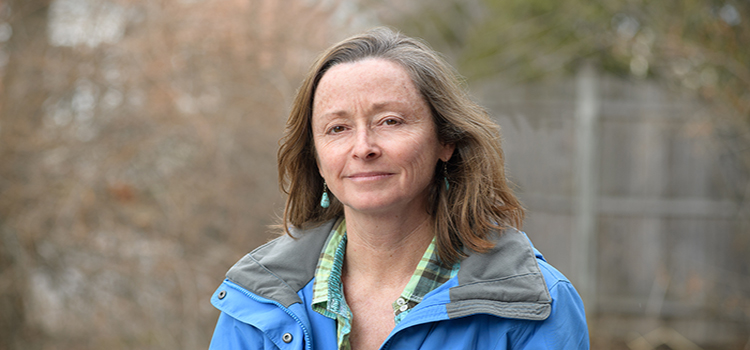Trish O’Kane, University of Vermont – Birding Can Change the World
 Doing comforting things virtually has been an important coping method for stress and anxiety.
Doing comforting things virtually has been an important coping method for stress and anxiety.
Trish O’Kane, lecturer in the Rubenstein School of Environment and Natural Resources at the University of Vermont, discusses one way students are learning about the natural world from afar.
An environmental educator who uses action-research to promote environmental and social justice, Dr. Trish O’Kane created the “Birding to Change the World” service learning course and program at the University of Wisconsin-Madison while completing her doctorate. She believes in harnessing the power of passionate, knowledgeable and energetic students to help solve community and global problems.
Before studying the natural sciences, Trish worked as a human and civil rights investigative journalist for a decade in Central America and five years in the Deep South. In Guatemala she worked for the United Nations investigating massacres perpetrated by the Guatemalan military. In Alabama, she conducted research on white supremacist groups for the Southern Poverty Law Center. Trish has also taught writing in a women’s prison. Author of Guatemala: the People, Politics and Culture, she has written for major media including The New York Times. She lives, birds, writes and gardens in Burlington, Vermont along with her husband, Jim Carrier — a writer, banjo picker and filmmaker — and their dog, Nova, who has a dog-torate in tennis balls.
Birding Can Change the World
Birds are leaders in the growing field of “nature therapy.” I teach “Birding to Change the World,” a community-based course which pairs environmental students as birding mentors with children. Pre-COVID, every Wednesday, my students and I spent three hours running, birding and learning with wild children in a wetland. Then my mentors scattered from New York to Hawaii, the kids were locked down at home and it was impossible to recreate those Wednesdays, online.
But one day while teaching on Zoom, I heard an Eastern Phoebe calling in a student’s Connecticut backyard and realized I could identify a bird’s song through my computer. My students and I began experimenting. It was 41 degrees Fahrenheit in Bucknell, Pennsylvania at 8:10am when I took a student and her parents on the first virtual bird walk. They strolled through their neighborhood with a smartphone. I sat at my laptop in Burlington listening to their robins, blue jays, mourning doves, cardinals, Carolina wrens, and the lilting whistle of a white-throated sparrow migrating north.
The National Audubon Society helped expand this experiment, matching over 200 Audubon members to 222 freshmen as virtual “Bird Buddies.” Watching birds is helping our students cope. One student wrote: “The birds show us that the world is still moving, even though we feel at a standstill. Nature continues on and so must we…Watch birds and see their resiliency, use that to power you through this because soon we will fly like the birds and migrate back to campus.”


